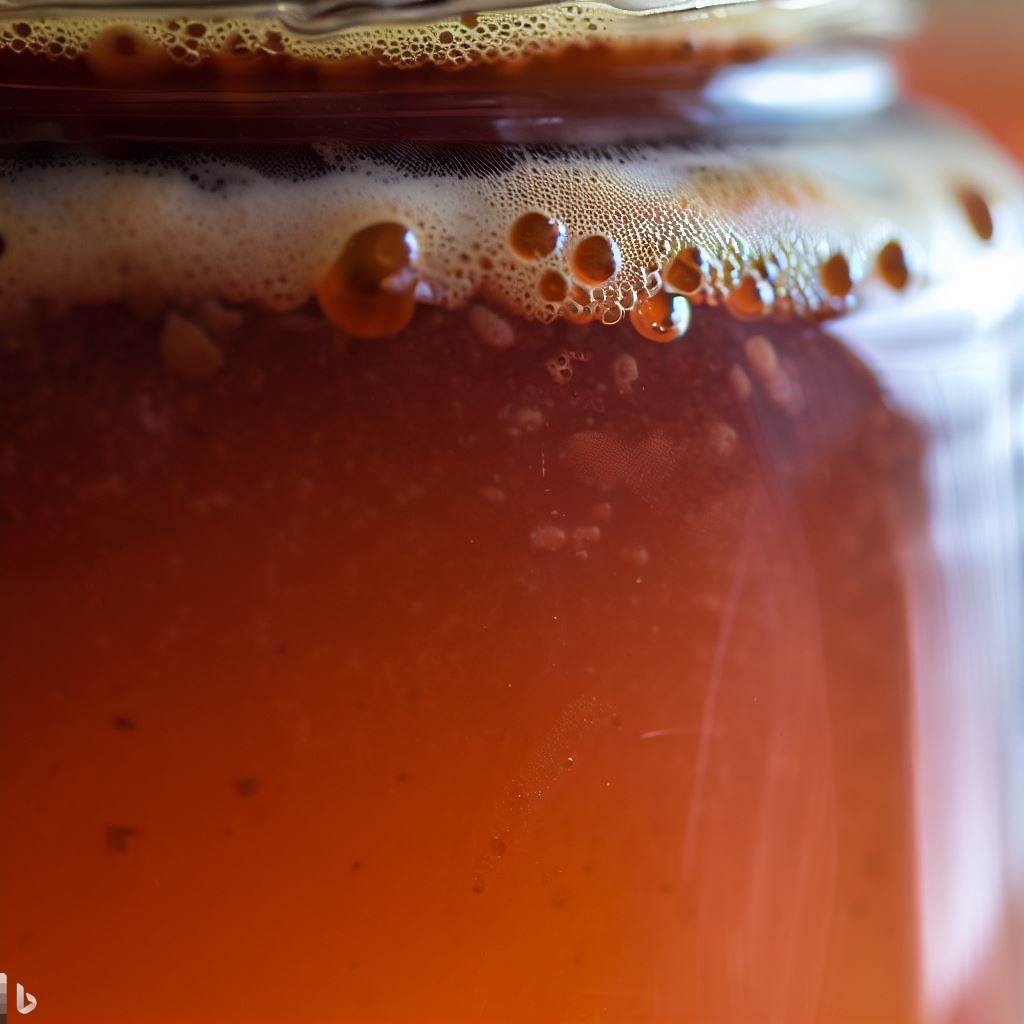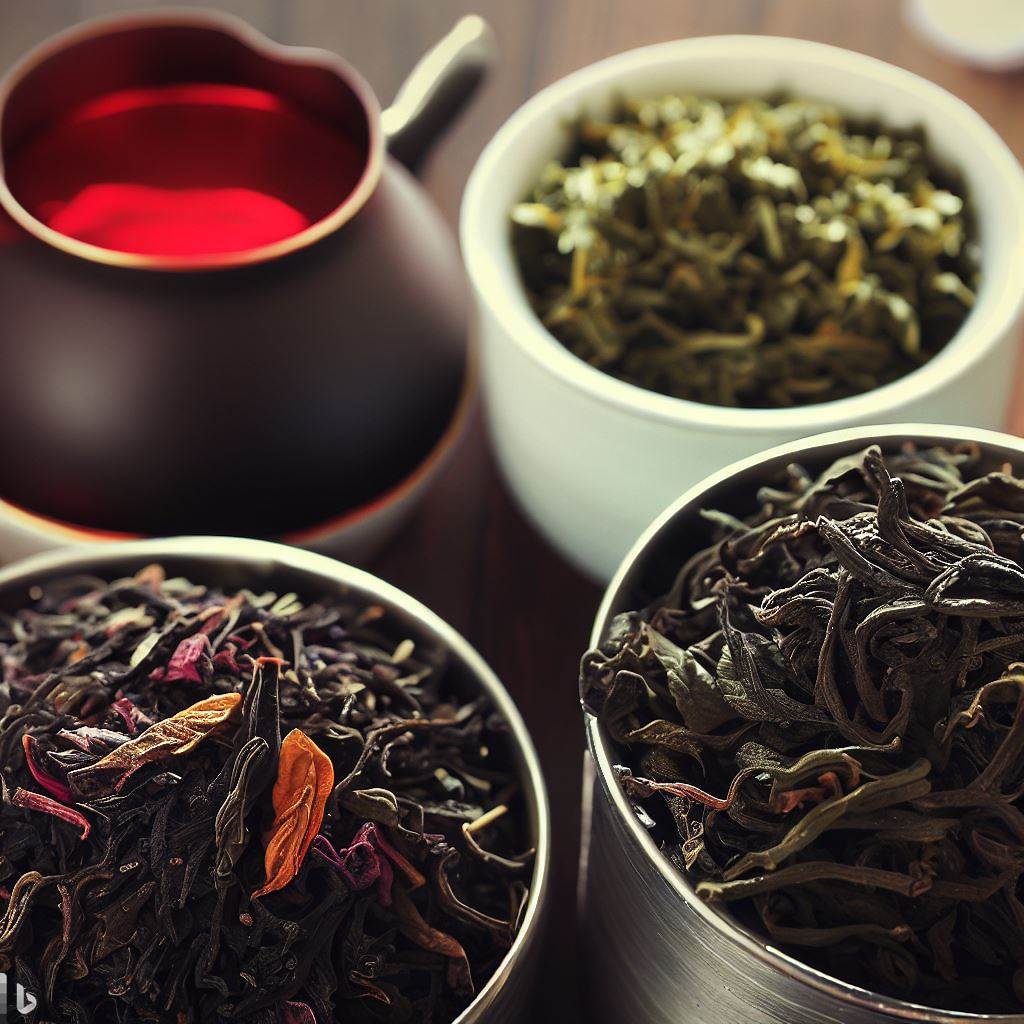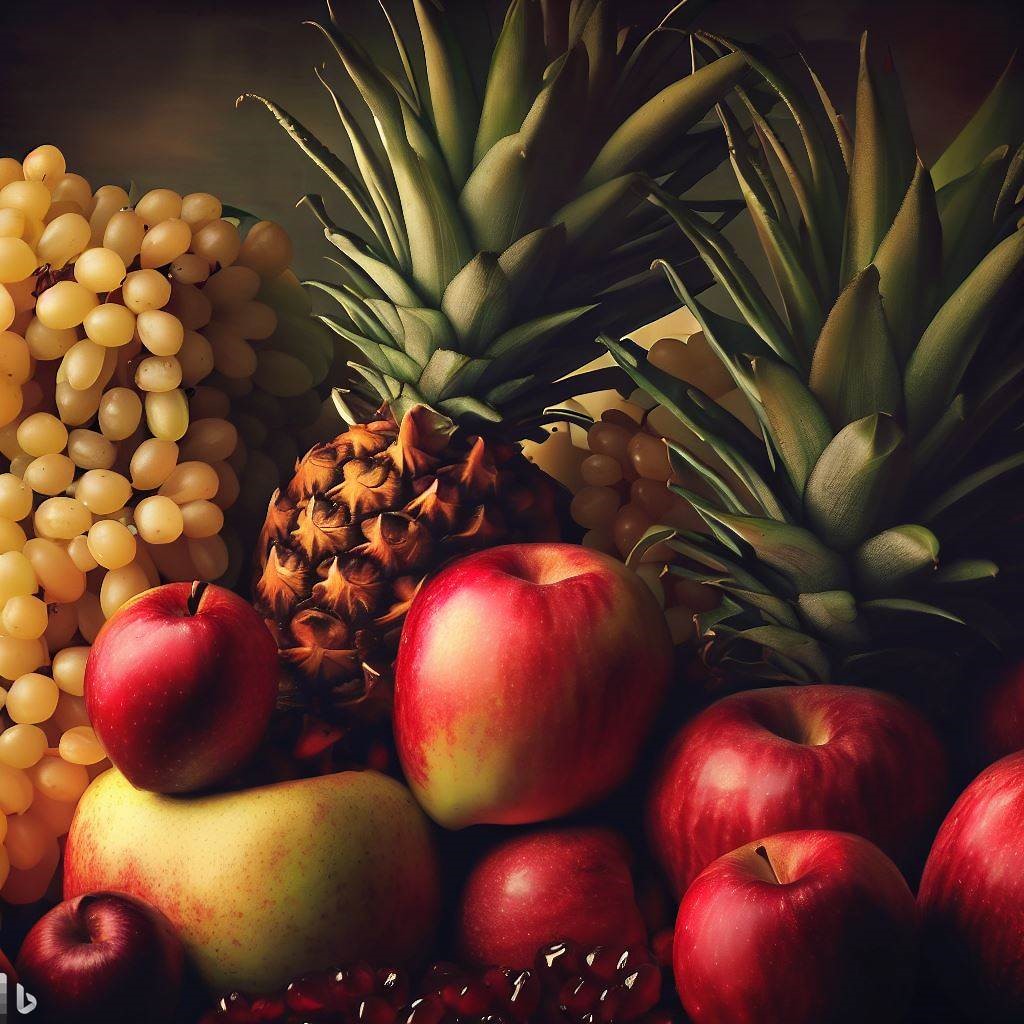Kombucha is a unique, slightly sweet, yet tangy fermented tea beverage that has gained popularity in recent years due to its health benefits. It is made by fermenting a mixture of sweetened tea and a symbiotic culture of bacteria and yeast (SCOBY). During the fermentation process, various components interact, resulting in the characteristic flavors, effervescence, and potential sediment formation. In this blog post by Greek Mountain Kombucha we are going to dive deep into Sediment in Kombucha. Lets go!
Dealing with Sediment in Kombucha: The Complete Guide
To brew kombucha, a sweetened tea mixture is prepared and cooled to room temperature. The SCOBY is then added to the mixture, initiating the fermentation process. Over time, the bacteria and yeast present in the SCOBY consume the sugar and produce organic acids, carbon dioxide, and other compounds. This transformation gives kombucha its unique taste and effervescence.
What is Sediment in Kombucha?
Sediment refers to the solid particles that settle at the bottom of a bottle or container of kombucha. It is a natural byproduct of the fermentation process and is composed of various substances, including yeast, probiotic culture, and residual tea particles. Sediment can vary in appearance, ranging from fine particles to more substantial clusters.
Understanding Sediment in Kombucha
Types of Sediment

1. Yeast Sediment
One of the primary components of sediment in kombucha is yeast. During fermentation, yeast consumes the sugar in the tea and produces carbon dioxide and alcohol. Some yeast cells may settle at the bottom of the container, forming a layer of sediment. Yeast sediment is usually white or brown in color and can vary in texture from powdery to clumpy.
2. Probiotic Culture
In addition to yeast, sediment may contain remnants of the probiotic culture present in the kombucha. The probiotic culture consists of beneficial bacteria that aid in the fermentation process and contribute to the potential health benefits of consuming kombucha. These bacteria can also settle at the bottom, adding to the sediment formation. Probiotic culture sediment is typically jelly-like or stringy in texture and can range in color from white to brown.
Factors Affecting Sediment Formation
Several factors can influence the amount and type of sediment formed in kombucha.
1. Fermentation Time
The duration of fermentation plays a role in sediment formation. Longer fermentation periods allow more time for yeast and bacteria to settle, resulting in a thicker layer of sediment. Shorter fermentation times may lead to less pronounced sediment formation.
2. Brewing Temperature
The temperature at which kombucha is brewed can impact sediment formation. Warmer temperatures can accelerate fermentation, leading to more vigorous yeast activity and potentially more sediment. Cooler temperatures may slow down fermentation and reduce sediment formation.
3. Ingredients Used
The ingredients used in kombucha brewing can also affect sediment formation. Different types of tea, such as black, green, or herbal teas, can contribute to variations in sediment appearance. Additionally, the presence of fruit juices or other flavorings may introduce additional particles that can settle as sediment.
Is Sediment in Kombucha Safe to Consume?

Benefits of Sediment
While sediment in kombucha may seem unappealing to some, it is generally safe to consume. In fact, it can even offer some benefits.
- Nutritional Value: Sediment contains live yeast and beneficial bacteria, which are rich in vitamins, minerals, and enzymes. Consuming the sediment can provide additional nutritional value.
- Probiotic Content: The probiotic culture present in the sediment can contribute to a healthy gut microbiome by promoting the growth of beneficial bacteria in the digestive system.
- Digestive Aid: Some individuals believe that consuming sediment can aid digestion due to its probiotic content.
Potential Concerns
Although sediment in kombucha is generally safe, there are a few potential concerns to be aware of.
1. Mold Growth
While sediment itself is not a sign of mold growth, improper brewing or storage conditions can lead to mold contamination. Mold growth in kombucha can be harmful and should be avoided. It is essential to maintain proper hygiene, use clean equipment, and monitor the brewing environment to prevent mold formation.
2. Off-flavors
In some cases, excessive sediment can contribute to off-flavors in kombucha. These flavors may result from extended contact between the sediment and the liquid, leading to an unpleasant taste. However, moderate amounts of sediment should not significantly affect the overall flavor profile of properly brewed kombucha.
Managing Sediment in Kombucha
If you prefer a clearer and less sediment-rich kombucha, there are several techniques you can employ to manage sediment formation.
Filtering Techniques

1. Using a Strainer
One simple method is to strain the kombucha before consumption. By pouring the kombucha through a fine-mesh strainer or cheesecloth, you can catch the larger sediment particles, resulting in a smoother texture. This technique is particularly useful if you enjoy a sediment-free drinking experience.
2. Cheese Cloth Method
Another filtering option is to place a layer of cheesecloth over the opening of the fermentation vessel during the brewing process. This allows the liquid to flow out while capturing larger sediment particles. However, it’s important to note that using a cheesecloth may also reduce airflow, which could impact the fermentation process. This our GMK’s recomended cheesecloth by eFond, at Amazon.
Decanting Method
Decanting involves carefully pouring the kombucha into another container, leaving the sediment behind. This method is effective for separating the liquid from the settled particles. It’s recommended to decant the kombucha slowly and steadily, ensuring that the sediment remains undisturbed at the bottom of the original container. This technique requires patience and a steady hand to achieve the desired results. Check our our GMK article on Decanting here!
Stirring and Dispersion Techniques
If you prefer to embrace the sediment and its potential benefits, you can use stirring and dispersion techniques to distribute it more evenly throughout the kombucha.
- Gentle Stirring: Before serving or bottling the kombucha, gently stir the liquid with a clean utensil to mix the sediment back into the drink. This helps to distribute the nutrients and probiotic culture more evenly.
- Swirling: Swirling the bottle or container of kombucha before pouring can also help disperse the sediment. By creating a circular motion, you encourage the sediment to mix with the liquid, resulting in a more consistent drinking experience.
Embracing Sediment in Kombucha
While some may choose to minimize or eliminate sediment in their kombucha, there are reasons why you might want to embrace it.
Importance of Probiotic Culture
The sediment in kombucha contains a concentrated amount of the probiotic culture responsible for the fermentation process. By consuming the sediment, you are ingesting a higher concentration of beneficial bacteria and yeast, which can have positive effects on your gut health.
Enhancing Flavor and Complexity
Sediment can contribute to the overall flavor profile and complexity of kombucha. It adds depth and character to the drink, providing subtle nuances that can be appreciated by kombucha enthusiasts. The presence of sediment can create a more dynamic taste experience, with different layers of flavors and textures.
Visual Appeal
Sediment in kombucha can be visually appealing, showcasing the natural and artisanal qualities of the drink. It adds a rustic and authentic touch, indicating that the kombucha is homemade and brewed with live cultures. Some people find the presence of sediment visually stimulating and a sign of a high-quality product.
Tips for Minimizing Sediment in Kombucha

While sediment can be embraced, if you prefer a clearer and less sediment-rich kombucha, here are some tips to minimize its formation.
Proper Brewing Techniques
- Strain the Liquid: After the initial fermentation period, strain the kombucha into bottles for secondary fermentation. This step helps remove larger particles and sediments.
- Use High-Quality Tea: Opt for high-quality organic loose-leaf teas rather than tea bags, as they tend to release fewer particles and result in less sediment.
- Avoid Excess Tea Leaves: Use an appropriate ratio of tea leaves to water to prevent an excessive amount of loose tea particles in the brew.
Secondary Fermentation
- Choose Flavors Carefully: If you plan to add fruits, herbs, or spices during the secondary fermentation, consider using purees, juices, or strained infusions instead of adding whole pieces. This can reduce the amount of sediment formed.
- Strain Flavor Additions: Before bottling for secondary fermentation, strain any flavor additions to remove solid particles that could contribute to sediment formation.
Refrigeration Methods
- Chill the Kombucha: After the secondary fermentation and once you’re satisfied with the carbonation levels, refrigerate the kombucha. Lower temperatures can help the sediment settle more quickly, resulting in a clearer drink when poured.
By following these tips, you can minimize particles formation while still enjoying the benefits of homemade kombucha.

Final Thoughts
Finally, sediment in kombucha is a natural occurrence that results from the fermentation process. It primarily consists of yeast and probiotic culture and can vary in appearance and texture. While sediment is safe to consume and can provide nutritional value and probiotic benefits, some individuals may prefer a clearer and less sediment-rich kombucha. Filtering techniques, decanting, and dispersion techniques can help manage sediment levels according to personal preferences. However, embracing sediment in kombucha allows for a more complex flavor profile, enhanced visual appeal, and a higher concentration of probiotic culture. To minimize sediment formation, proper brewing techniques, careful flavor additions, and refrigeration methods can be employed.
In conclusion, sediment in kombucha is a natural part of the brewing process and can be embraced or managed based on personal preferences. Whether you choose to filter, decant, or stir the particles , or fully embrace its presence, kombucha remains a flavorful and probiotic-rich beverage.
FAQ – Sediment in Kombucha?

- Does sediment affect the taste of Kombucha? Sediment in kombucha may contribute to a more complex flavor profile, but excessive sediment can result in off-flavors. It’s important to find a balance that suits your taste preferences.
- Can I consume the sediment in Kombucha? Yes, the sediment in kombucha is safe to consume. It contains live yeast, beneficial bacteria, and potential nutritional benefits. However, some individuals prefer to strain or minimize sediment intake.
- How can I prevent mold growth in Kombucha? To prevent mold growth, maintain proper hygiene during the brewing process. Use clean equipment, maintain a suitable brewing temperature, and avoid prolonged exposure to air. If you notice mold, discard the batch and sanitize your brewing equipment. Read our Sanitization article here!
- How long does it take for particles to settle in Kombucha? The time it takes for sediment to settle can vary depending on factors such as temperature, fermentation time, and ingredients used. Generally, allowing the kombucha to sit undisturbed for a few days in the refrigerator can help the particles settle.
- Is sediment formation a sign of a failed fermentation process? Sediment formation is a natural byproduct of fermentation and does not necessarily indicate a failed fermentation process. However, excessive sediment or unusual odors may be signs of potential issues. Trust your senses and discard the batch if you have concerns about its quality.
Thanks for visiting Greek Mountain Kombucha and visiting our blog post “Sediment in Kombucha”. Read on for further information on our site:







